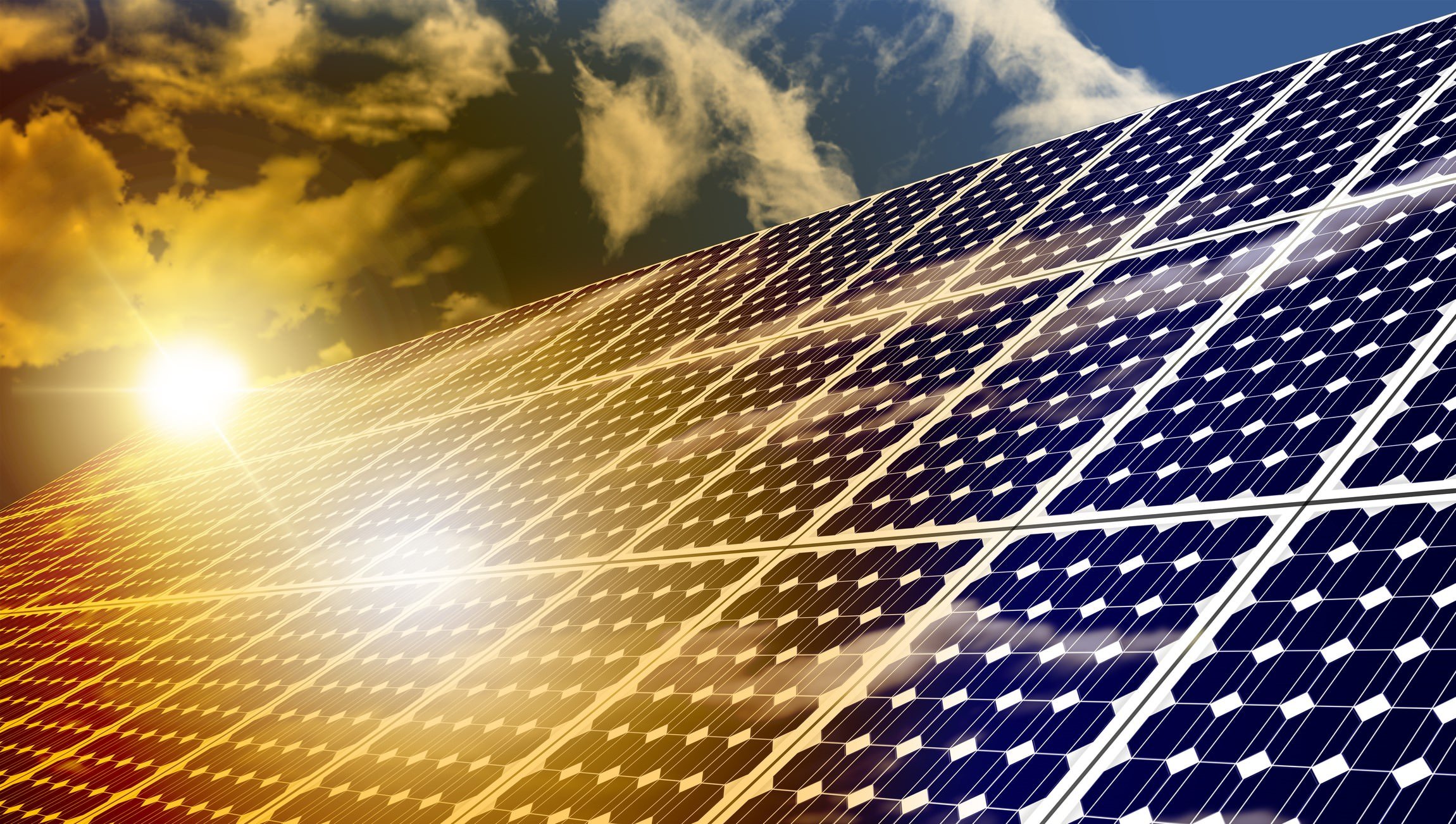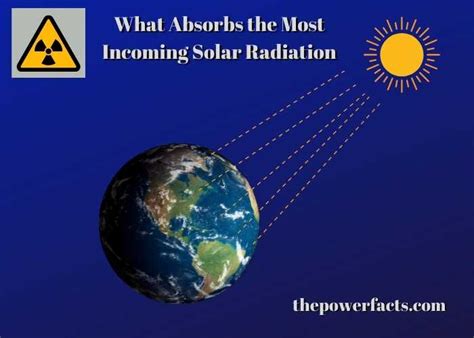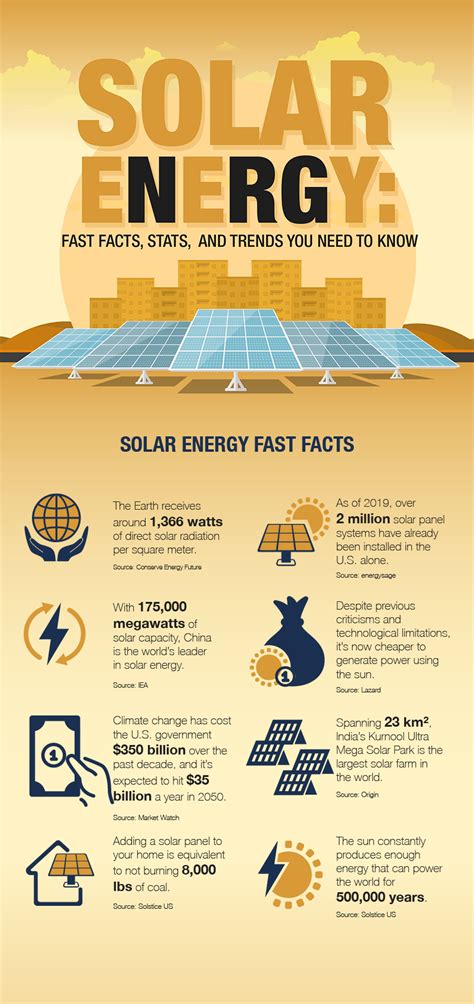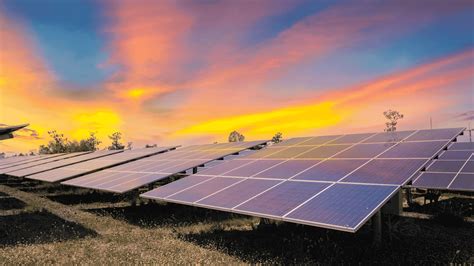The importance of sunlight in powering energy cannot be overstated. As the world shifts towards renewable energy sources, the role of sunlight in meeting our energy needs has become increasingly significant. With the sun emitting approximately 3.8 x 10^26 watts of power, it is no wonder that scientists and engineers are exploring various ways to harness this energy. In this article, we will delve into 5 ways sunlight powers energy, highlighting the latest advancements and innovations in this field.
Key Points
- Solar photovoltaic (PV) systems convert sunlight into electricity through semiconducting materials
- Solar thermal systems utilize sunlight to heat water or air for various applications
- Concentrated solar power (CSP) systems focus sunlight onto a heat exchanger to generate electricity
- Passive solar design incorporates architectural features to harness natural sunlight for heating and cooling
- Artificial photosynthesis mimics the process of plant photosynthesis to produce fuels and chemicals
Natural Sunlight and Photovoltaic Systems

Solar photovoltaic (PV) systems are one of the most common methods of harnessing sunlight to generate electricity. These systems consist of semiconducting materials, such as silicon, which are designed to convert sunlight into electrical energy. The process occurs when photons from the sun interact with the semiconducting material, exciting electrons and creating an electrical current. With the cost of solar panels decreasing by approximately 70% over the past decade, solar PV systems have become an increasingly viable option for both residential and commercial applications.
Technical Specifications of Solar PV Systems
A typical solar PV system consists of several components, including solar panels, an inverter, a mounting system, and a monitoring system. The efficiency of solar panels can range from 15% to 20%, depending on the type and quality of the panel. For instance, monocrystalline solar panels have an efficiency of around 18%, while polycrystalline solar panels have an efficiency of around 15%. The inverter, which converts the DC power generated by the solar panels into AC power, is a critical component of the system. With advancements in technology, inverters now offer efficiencies of up to 98%, minimizing energy losses and maximizing overall system performance.
| Component | Efficiency | Description |
|---|---|---|
| Solar Panels | 15%-20% | Convert sunlight into electrical energy |
| Inverter | Up to 98% | Convert DC power to AC power |
| Mounting System | N/A | Secures solar panels in place |
| Monitoring System | N/A | Tracks system performance and energy production |

Concentrated Solar Power and Thermal Systems

Concentrated solar power (CSP) systems and solar thermal systems are two other methods of harnessing sunlight to generate energy. CSP systems use mirrors or lenses to focus sunlight onto a heat exchanger, generating steam to drive a turbine and produce electricity. Solar thermal systems, on the other hand, use sunlight to heat water or air, which can be used for various applications such as space heating, water heating, or cooling. These systems can achieve efficiencies of up to 40%, making them a viable option for large-scale energy production.
Comparative Analysis of CSP and Solar Thermal Systems
A comparative analysis of CSP and solar thermal systems reveals that both have their advantages and disadvantages. CSP systems offer higher efficiencies and can generate electricity at a lower cost, but they require more complex and expensive infrastructure. Solar thermal systems, on the other hand, are simpler and less expensive to install, but they have lower efficiencies and are often used for heating and cooling applications rather than electricity generation. Ultimately, the choice between CSP and solar thermal systems depends on the specific energy needs and requirements of the application.
Passive Solar Design and Artificial Photosynthesis
Passive solar design and artificial photosynthesis are two emerging fields that hold great promise for harnessing sunlight to generate energy. Passive solar design involves incorporating architectural features, such as large south-facing windows and thermal mass, to harness natural sunlight for heating and cooling. Artificial photosynthesis, on the other hand, involves mimicking the process of plant photosynthesis to produce fuels and chemicals. While still in its infancy, artificial photosynthesis has the potential to revolutionize the way we produce energy and could play a critical role in reducing our reliance on fossil fuels.
Future Directions and Implications
As the world continues to transition towards renewable energy sources, the role of sunlight in powering energy will only continue to grow. With advancements in technology and innovations in fields such as artificial photosynthesis, we can expect to see even more efficient and effective methods of harnessing sunlight to generate energy. However, it’s essential to address the potential limitations and challenges associated with these technologies, such as energy storage and grid integration. By doing so, we can ensure a sustainable and reliable energy future for generations to come.
What is the most efficient method of harnessing sunlight to generate energy?
+The most efficient method of harnessing sunlight to generate energy is through concentrated solar power (CSP) systems, which can achieve efficiencies of up to 40%.
What are the advantages and disadvantages of solar photovoltaic (PV) systems?
+The advantages of solar PV systems include their relatively low cost, ease of installation, and minimal maintenance requirements. However, they also have some disadvantages, such as their intermittent energy production and limited efficiency.
What is the potential of artificial photosynthesis in reducing our reliance on fossil fuels?
+Artificial photosynthesis has the potential to revolutionize the way we produce energy and could play a critical role in reducing our reliance on fossil fuels. By mimicking the process of plant photosynthesis, artificial photosynthesis can produce fuels and chemicals, offering a sustainable and renewable alternative to fossil fuels.
In conclusion, sunlight plays a vital role in powering energy, and its importance will only continue to grow as we transition towards renewable energy sources. By harnessing sunlight through various methods, including solar photovoltaic systems, concentrated solar power systems, solar thermal systems, passive solar design, and artificial photosynthesis, we can reduce our reliance on fossil fuels and create a more sustainable energy future. As we move forward, it’s essential to continue innovating and improving these technologies to ensure a reliable and efficient energy supply for generations to come.



